Larkin Gallery, Inc.
405 Commercial Street
Provincetown, MA 02657
508.487.6111
Larkin Gallery, Inc.
586 Main Street
Harwich Port, MA 02646
508.487.3111
Exhibit Notes - Small American City Exhibit
Kenneth Hawkey’s “Small American City: Paintings of Schenectady, NY” is more than just a collection of paint-ings connected by a common theme, it’s an exhibit of work reflective of the artist’s own spirit lighting the work from the complexities of memory, experience, imagination, talent and a deeply felt connection to a place that, for him, will always be, in some way, part of his sense of “home.”
Hawkey’s representational approach to painting makes familiar and even unfamiliar places accessible, comfortable and allows the viewer to easily relate to the work. What we don’t see is the whole of the life behind each brushstroke, each rendered object. It’s never a good idea to let our knowledge of the artist’s biography prejudice us or overpower our thinking about individual paintings or a collection. Certainly, this body of work will never again be shown in its entirety and generations from now people who see the work won’t have had the opportunity to know the artist or hear his impressions of the places he’s rendered on canvas. Future viewers’ impressions will be based almost exclusively on the works themselves, their impressions informed by their own experiences and perspectives. Nevertheless, knowing a bit about what powers each brushstroke does give us, the contemporary viewers, a deeper sense and, one hopes, a keener appreciation of the work and perhaps an inkling into what is behind the brushstrokes, what the paintings mean to the artist.
Hawkey’s personal history in and around Schenectady has provided a foundation from which this exhibit has grown. The young boy visiting Downtown with his grandmother, marveling at the “big buildings,” the budding artist doodling, drawing cartoons, making portraits, learning about color in nature and in the classroom, the curiosity about what life was like before he was born – all of these experiences and so many more inform the work we see in this exhibit. In much of Hawkey’s architectural and landscape painting which is what he has become well known for, we don’t find depictions of the human form. In this collection, we see, for the first time, a few actual people. As significant as the introduction of people into his work is, and it is important because the placement, movement and specific action of the figures becomes central to the story of each painting, the absence of people in other paintings is also significant. Studying the works, one only has to look in the window of a building, note how a shade is drawn, a curtain frozen in breeze, the shadow of something just inside, to sense that someone has just walked by or left the room. Similarly, in his landscapes, Hawkey leaves open the possibility that just out of view a child has skipped a stone across a pond or a hiker has kicked the leaves that lay scattered along the path.
This sense of human activity, implied but not always expressed, leaves the viewer with the sense that life is a continuum, we’re always moving through the permanence of structures, through the reliability of landscapes, leaving traces, suggestions of our human presence. The idea of the figure living mostly just out of view, just off the canvas, suggests we pay attention to the artist’s interest in history, in preservation. Hawkey captures the light, the emotion of human life and infuses them in buildings and landscapes and reminds us that we are mere caretakers, that we must respect our surroundings, natural and human-built and revere those who came before us, keeping them alive in memory, painted and otherwise, for those who will follow.
Stephen M. Briscoe
Gallery Director
Larkin Gallery, Inc.
